Naethan Apollo combines the rich lore of Dungeons & Dragons campaigns with an expansive and genre-allergic brand of alternative pop music that takes a multidisciplinary, audio-visual approach to all of his recorded music, live shows, podcasts, and beyond. He was kind enough to sit down with our resident D&D enthusiast, Luke Philips, to talk rap skits, the discipline of sticking to aesthetic unity, and more.
I’ve kind of been on the D&D beat a little bit, here at Merry-Go-Round, because I’m also a player. I’ve been playing 5E for the past 10 years since it came out. I’m sure there are artists who have incorporated D&D into their music or careers in some capacity, but you do it just a little more overtly than most people: taking the full breadth of lore from your campaigns and personal tabletop role-playing group and incorporating those storylines into “scenes” that set the stage for the different tracks on your releases. This is reflected in every facet of everything you do, all the aesthetics of what you do, what you wear on stage at your live performances, everything. It’s really interesting to me, using D&D as a means to—as it were—set the table for your own music.
Is there a specific inkling towards doing that, that you gravitate to? Is it because it gives listeners an expectation of what to expect from the music itself?
Naethan Apollo: For sure. I’ll just dive right in. I love D&D. I play D&D all the time. When I’m not doing music, I’m thinking about D&D. That’s kind of, like, how it goes. And so it was very easy for me to take that same skill and apply it to a sort of project. I am normally a dungeon master. I play in 5E, and so world-building is nothing new to me. When I was making TALES FROM CAZILOR, I wanted to tell a story, a fantasy story in a fantasy world. It was like, “Hey, I know how to do this. Let me just start putting stuff together and seeing what works.” From there, it just kind of built itself. I was like, “OK, so we have the world, now we need the characters, and now we need songs about the characters and now, okay, flop back and forth between my music brain and my world-building brain.” And so you have a whole project, and now we have two projects, and people love them.
That’s amazing. That’s great. The record has a breadth to it in terms of hopping between the settings of the story and campaign itself, but also just genre-wise, going from everything from rap to sea shanties over the course of the various tracks. The role-play segments and the skits. The “scenes” reminded me of skits on rap records almost—they serve a similar function. Do you have favorite rap album skits, or was that something you were cognizant of when you were doing the scenes in terms of your approach? As opposed to, I guess, “skits versus scenes”?
NA: Yeah, I mean, it’s so interesting because that’s what got me sort of into music, which is so funny, because my music sounds nothing really like that genre-wise anymore. But I got into music through Eminem and MF Doom and all that stuff. These guys have a lot of skits in all of their stuff, and I guess I didn’t realize how much of an imprint it was leaving on me. I just felt, like, “Oh yeah, sometimes this happens, but it kind of died out, and I didn’t even realize.” I got into music through them. What I really liked was the lyrical capability, which just sounds like such a white boy thing to say, but it’s true. And I wanted to try and learn them, and learning them turned into writing my own. And now I sound nothing like an Eminem copy, thank God. I went through that phase, we all do. But now I’ve kind of found my own sound and how to use my voice. In terms of the skits and the scenes, I’ve always loved that stuff. I’ve realized there’s a trend with streaming services where most people don’t listen to albums in order anymore. Man, that just breaks my heart. I wanted to give people a concrete reason, like you have to listen to this in order or it won’t make sense. And some people still don’t, and then they’re very confused and I’m like, well, you’re a lost cause.
That’s funny. It speaks to creating a whole experience, right? Incorporating the role-play and creating almost, like, a little audio play on top of the music too. Do you have favorite skits from rap records that you think kind of influence your approach to the the scenes on the record?
NA: No, no, I don’t think so. I think they were just instilled in me when I was kind of instinctive. Just that aspect in general, for sure.
When you’re producing the scene, can it get as intricate as producing the actual music itself? Like, the tracks and the music beds themselves, roping in your group and your cast together, using the group’s voices almost as instruments themselves. As DM, too, you’re producing the performances as if you’re producing the tracks themselves, I assume.
NA: It is so much harder than making the music. What I’ve essentially done is created all these characters, but we’re telling an actual story. D&D is role play—it’s improv, right? It’s improvisational storytelling. This is not that. We are telling a concrete story here, so that means I have to write the script. That means I also have to do the sound design. That means I also have to organize all the takes. Everybody’s recording remotely. We have to make sure everyone sounds the same. Like, it’s so much harder than just me rapping over an instrumental. Like, I got that down. I did all the sound design and stuff aside from the score, which was done by the lovely Scrawny music. It’s a whole different ballgame. Some of the scenes on this project have like 25 layers of just sound effects and scores and vocals. It was a lot, which is probably why I’m a little bit more proud of the scenes than I am of the songs.
It had to be a huge undertaking, right? It’s also something listeners might take for granted too. It’s very detailed audio with the foley sound effects going on. But I mean, it’s also the kind of thing that players at the table can take for granted, depending on how much work the DM puts in.
NA: Absolutely, you know, creating the campaign and setting the stage that way too. So it completely, you know, it all kind of ties together. It’s like the toupee, right? Everyone thinks that toupees are bad because they only ever notice a bad one. You don’t notice the good ones. And so good sound, good vocal mixing, it’s a thankless job, but an important one nonetheless.
Obviously with all of your aesthetics and being influenced by the, by D&D itself, was a lot of the story that, and, you know, the actual script itself pulled from campaigns that you ran, or did you kind of fudge things a little bit and adapt things in a way where it was more centered around this kind of protagonist and hero’s journey narrative?
NA: So it’s actually really interesting. I made the TALES FROM CAZILOR first. I built the world for the album, I wrote the album and the characters in it all by myself, originally, and then it was only after the success of that one where I was, like, “I need an excuse to just go HAM with the world building. Let’s do a D&D show now.” And so I got all my talented, D&D-player friends. We do a podcast together on the D and Dorks, and that’s cool. You know, we got together and I just went berserk. I got an 80-page lore document on my computer. It’s so well organized. I was able to sell it as a digital book, and, you know, I just went to work. We told an entirely separate story in that D&D campaign. It took place 25 years before the album and it was nice and contained, but it built the world out so much and it made me more comfortable going into a second album, TALES FROM CAZILOR: WYLDFLOWERS, because I just knew so much about the world. I was, like, “I know what I’m doing.” Now I know all I have to do is tell an interesting story in this world. I feel like I got a pretty good grasp.
It definitely kind of makes things feel a little more, you know, lived-in, right? When you have all the lore. Rappers, especially, often have personal lore that can be completely made up, but you’re kind of taking it a step further. Doing it with D&D lore is the fun of it.
NA: It’s so funny you say that, because part of the reason I did this—there were a few—but one of the reasons I did this series of projects is because I only wrote about stuff that was 100% true to me. That’s how I feel like music should be, right? And I was really struggling with writing stuff that I didn’t really have any real experience in because I didn’t want to feel like I was lying. The way I hacked my brain was going like, “Okay, we’re telling a fantasy story. Everyone’s on the same page that this is fantasy. Cool. All right, I’m gonna write about whatever I want now.” Sometimes that gives you the license just to be able to express yourself in a more truthful way than you could if you were just, you know, as if it was like a diary or something. So that’s kind of the beauty of it.
So when you played D&D, did you kind of gravitate towards playing bards? Or what class and race did you usually play? Or do you switch it up?
NA: I try to switch it up. I haven’t played every class. I will say my favorite class is bard, not because I’m a musician, but because they have some of the best spell selection and some of the best little tools that they can use. You’re like a support, but you also can be on offense, you can also be on defense. I really like a good bard. I’m not biased. I like a good rogue. I’ve played a cleric before. You know, I have fun.
Oh yeah, for sure, we’ve all been there if we’ve played for long enough, right? I spent an entire year-long campaign… the only time I played a bard was about a decade ago, but it was a really bad build. I multi-classed a bard and barbarian.
NA: Oh, a Bardbarian!
That was before they retconned this, I think, but it was early enough where my Barbarian rage would cancel out my Bard magic spells. I couldn’t cast spells in Rage mode. So it was a pretty useless multi-class build. I literally only did it because I was RPing Glenn Danzig. I was Glenn Danzig, half-Orc Barbarian bard. I acted like Glenn Danzig for an entire year and it really pissed my group off. But, I had a great time.
NA: It’s all you can hope for, yeah.
Speaking of, you know, Glenn in the Misfits, they were a band and he’s an artist that definitely knows their aesthetics and keeps to an aesthetic unity in terms of their artwork and just their entire vibe. That was something that maybe fell to the wayside with some punk and hip hop, and even more so, when grunge got big—more bands and artists started wearing street clothes instead of cultivating an image. The precedent in modern times for creating an “image” is stuff like Gorillaz or the aforementioned MF Doom, you can go all the way back to even Daft Punk, wearing the masks and creating that kind of visual aesthetic in modern electronic music. In hip hop, you had people like Rammellzee who were dressing up weird, like, Jack Kirby-meets-Kabuki samurai armor. Or even KISS dressing up like comic book characters.
There’s precedent for all this, you know, throughout music and art history of the last 50 years. I guess I wouldn’t really count, like, Jethro Tull as something that’s maybe in your influence pool, but, are there any specific artists that you gravitate towards or that you think Dungeons and Dragons players could gravitate towards given those kinds of similar aesthetics?
NA: I haven’t seen anybody gravitate towards the aesthetics that I do, but I do have a massive amount of artistic respect for Tyler, the Creator. Every single time he releases an album, it has its own aesthetic through and through. With everything—like the clothing; the music videos; what he wears on stage; what he wears on tour; the cover art. Like, it all has such a defined sort of brand identity to use a lane for art, but it has such a clear identity every single project. Like, IGOR is so different from CHORMOCOPIA, you know what I mean? He’s who really inspired me. Especially with the music videos, it’s not easy to commit fully to an aesthetic in every single aspect of the creation, from the promotional content to the music videos to the songs to the cover art. It’s really easy to go, “Oh, cover art, songs, skits if you have them. Cool.” And now I’m gonna go on a talk show and I’m gonna be in sweatpants and a T-shirt because that’s who I am. No, I’m talking to you right now in a cape, dude! No one besides the two of us can see I’m wearing a cape. This is just for your benefit, but I’m still here because this is the aesthetic for this album. And so I’m, I’m trying to be more like Tyler in that regard.
Tyler can go from making highly conceptual records to switching it up completely and making a completely not-conceptual record, you know, for the next album cycle. I think we’re kind of in that backswing right now. He made the summer party record for all of us to bump at barbecues.
NA: That’s a really good point, and I think that’s really interesting and really cool. I think definitely keeping to that, the difference between, like, keeping the aesthetic unity as an artist and also, like, keeping the concept together is a really interesting throughline that I always attempt to have run together with the music. Hopefully everything I’m doing proves that point. The whole, you know, multi-disciplinary, audio-visual experience hopefully can help create a lot more fans.
You can follow Naethan Apollo over on Instagram!
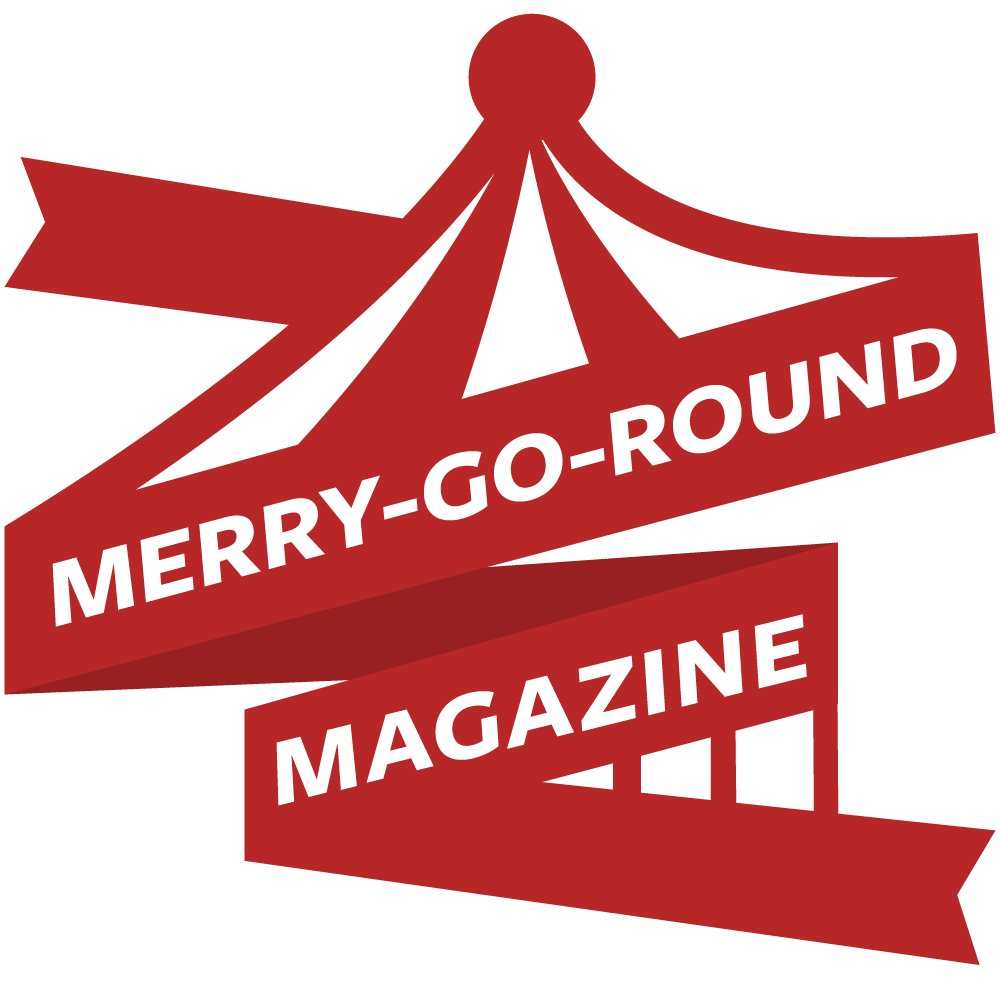
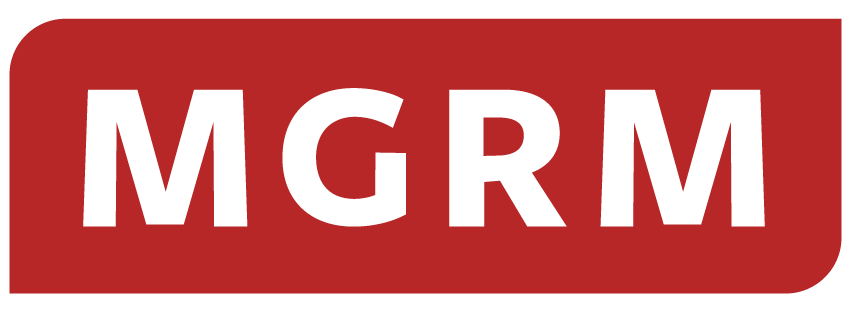
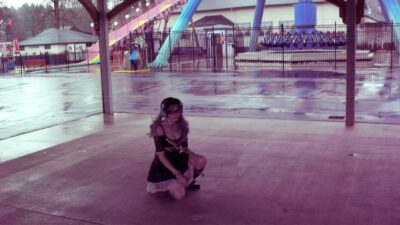

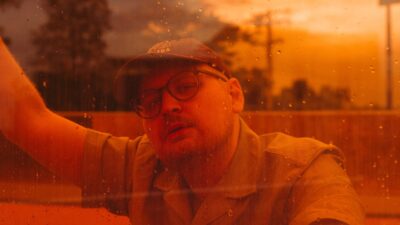
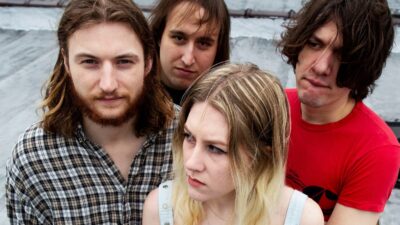

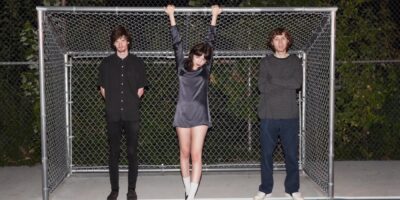
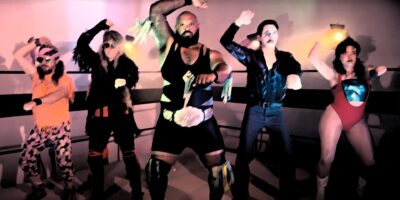
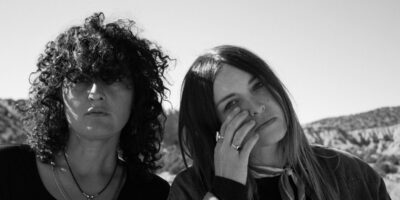
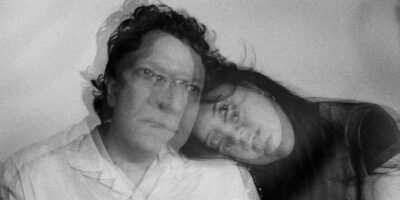
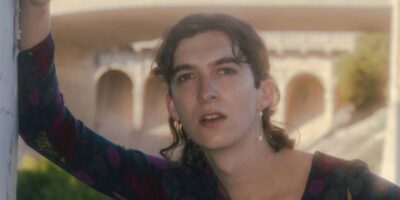

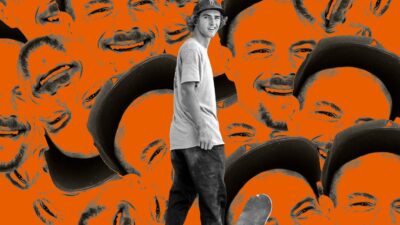
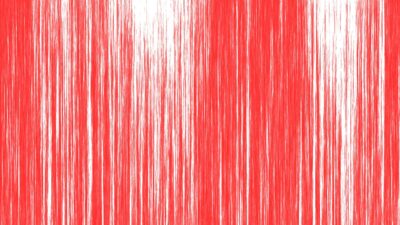
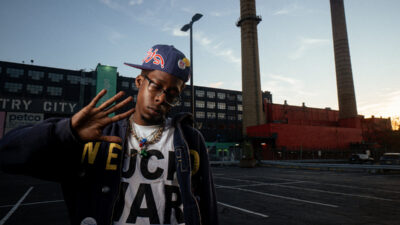
Comments